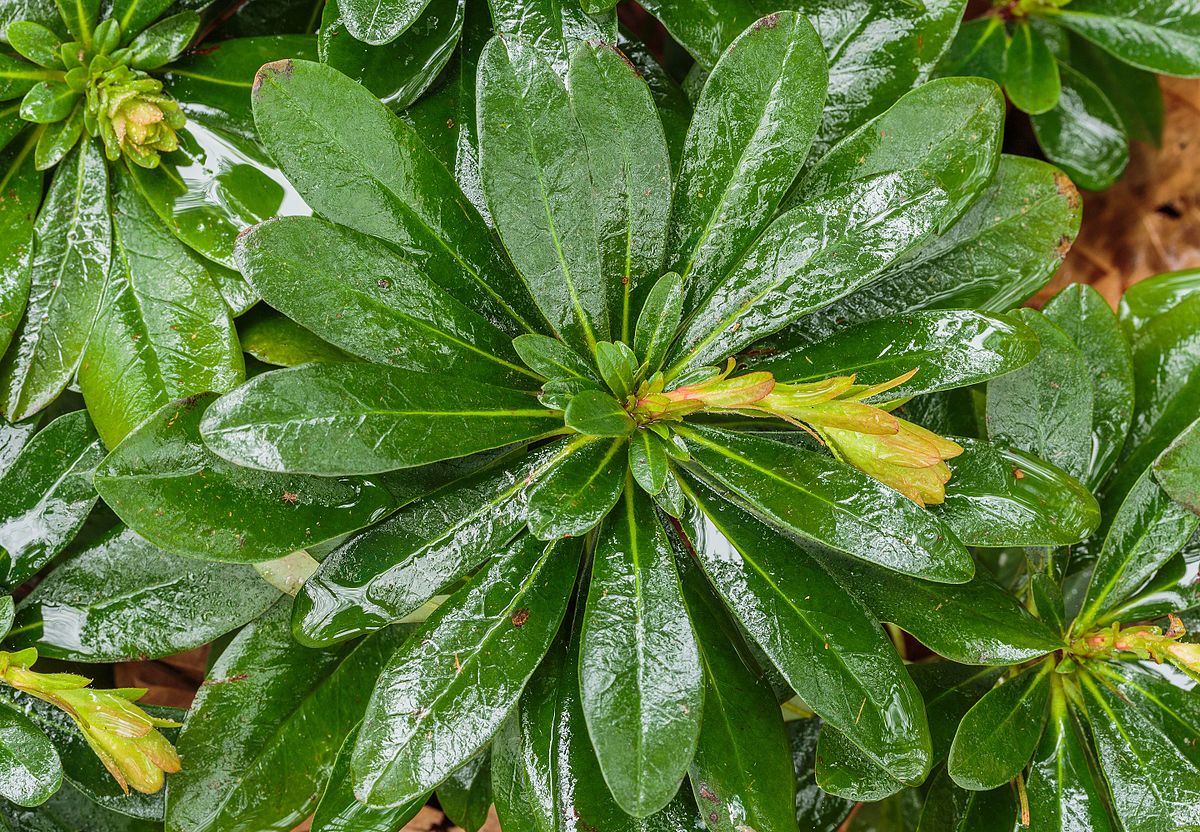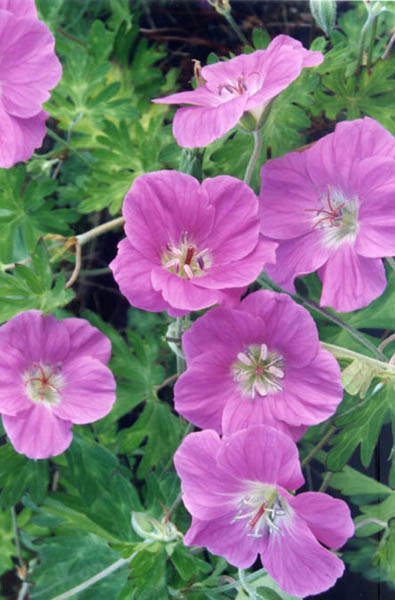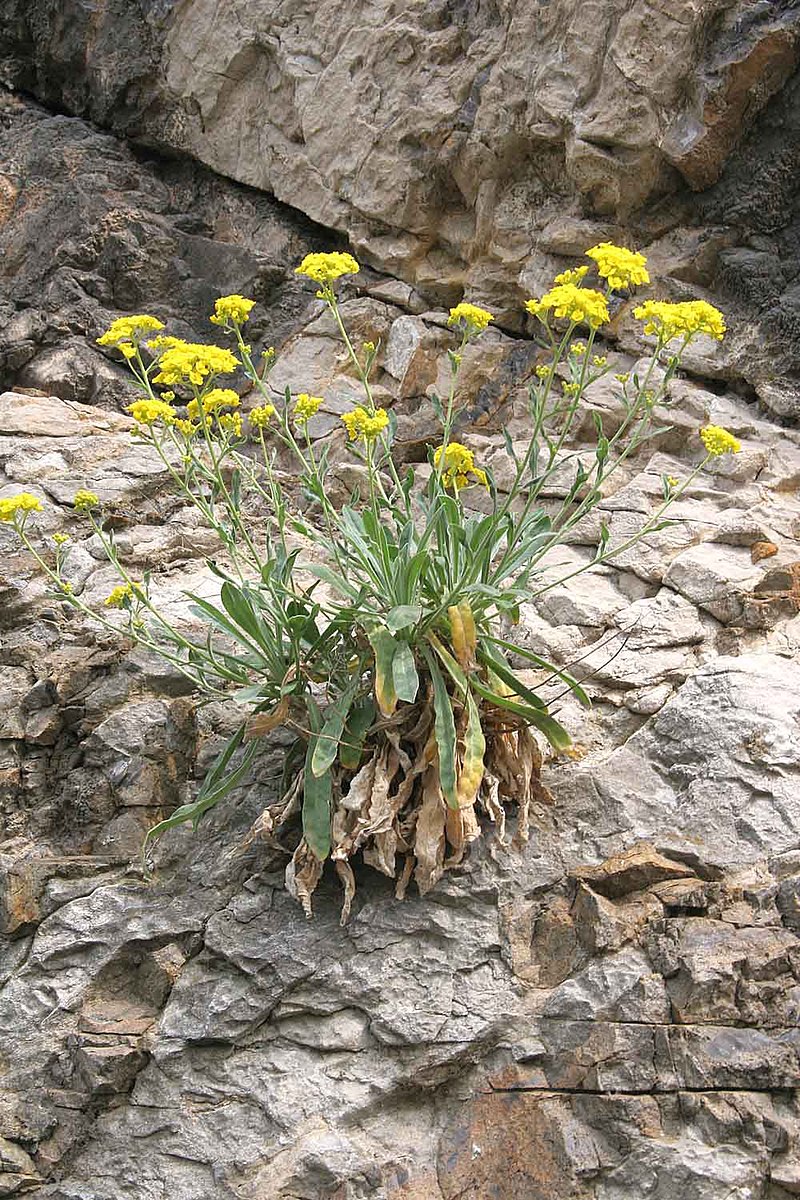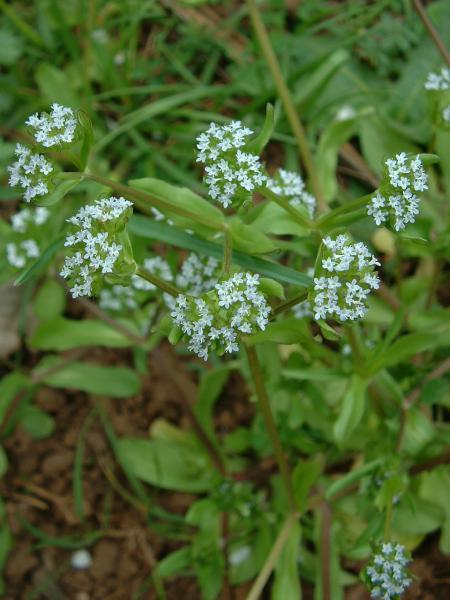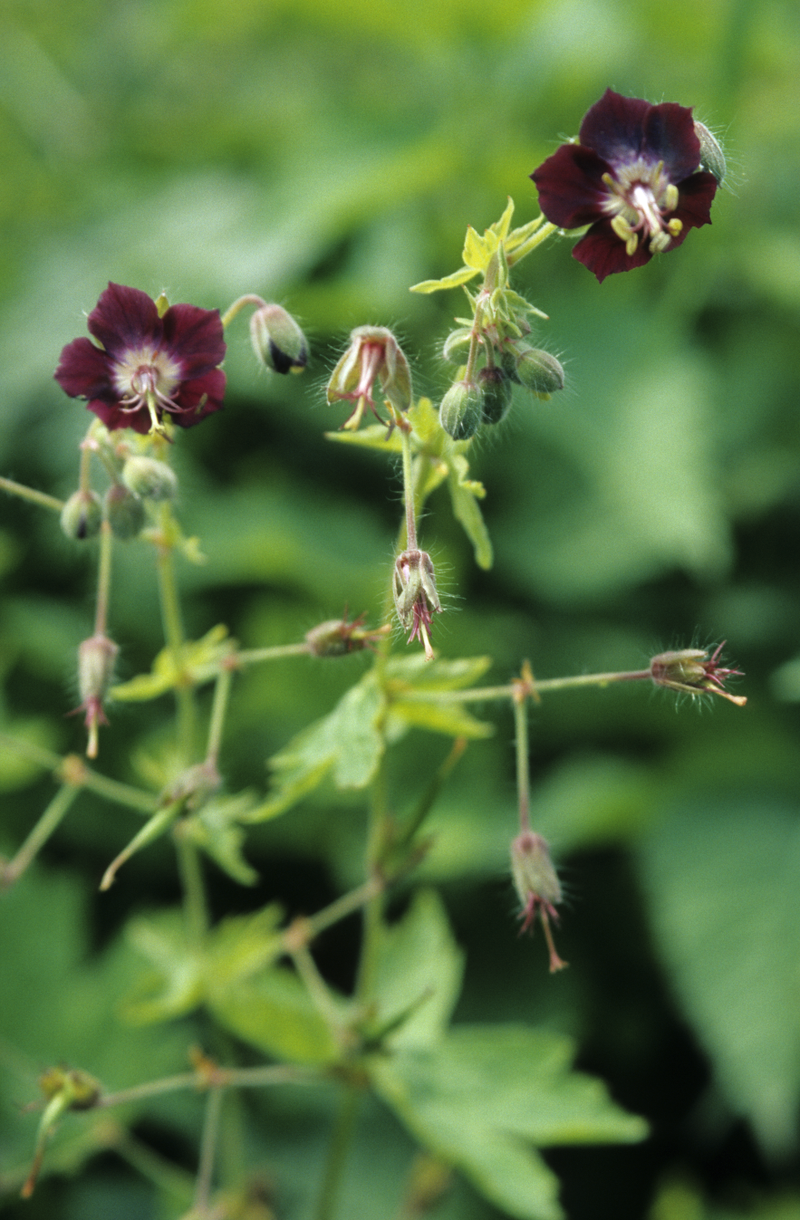First up, Garden Peony (Paeonia officinalis 'Rubra Plena') the old fashioned and long grown 'female peony' of the apothecaries. While this plant is not always in flower when encountered, when it is it always seems to be this double-flowered stalwart. This photo is a bit washed out, the flowers are a more red in the reality. An attractive plant in an unattractive location near the Newsam Green landfill (VC64).
I was pleased to re-find my long known plant of Coralbells (Heuchera sanguinea) on an old stone retaining wall in Woodlesford (VC63). Every year I think its been lost to the ivy, only for it to reappear. This plant is a particularly fine red. There is a possibility that some naturalised populations are Heuchera x brizoides, and this probably needs further consideration, especially if the leaves are silvered. This plant appears to be the true species, but I might revisit this later.
I have a fondness for Crane's-bills, so it was nice to find this Dusky Crane's-bill (Geranium phaeum var. phaeum) on the margin of one of the local rhubarb fields in Woodlesford. It is also a good chance to contrast (second photo) with Munich Crane's-bill (Geranium x monacense nothovar. anglicum), a plant recorded a couple of weeks back in Swillington (VC64). Note the strongly reflexed petals. It also comes in a dark-flowered form (nothovar. monacense), and a reliable spot for this used to be (not checked recently) the Engine Fields, Yeadon (VC64).
Near Fishpond Lock, Woodlesford there is this large bush of a cultivar of Evergreen Spindle (Euonymus japonicus 'Mediopictus'). Very striking, but ...
... if it is not maintained it often reverts and now most of this bush is green. Unfortunately, some variegated cultivars are not particularly stable over time. So how to record? Chances are the cultivar won't be there to find in 5 years time, when the next observer will likely be confronted with a clearly unvariegated bush?
Finally, after blogging recently about Pale Pink-sorrel, another highlight of Oulton churchyard (VC63) is the well naturalised London-pride (Saxifraga x urbium). Nothing beats the froth of this charming little plant when seen en masse and thriving.















